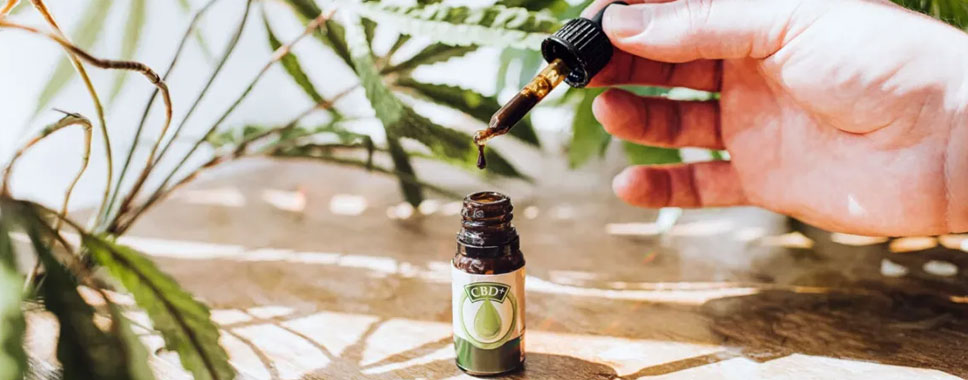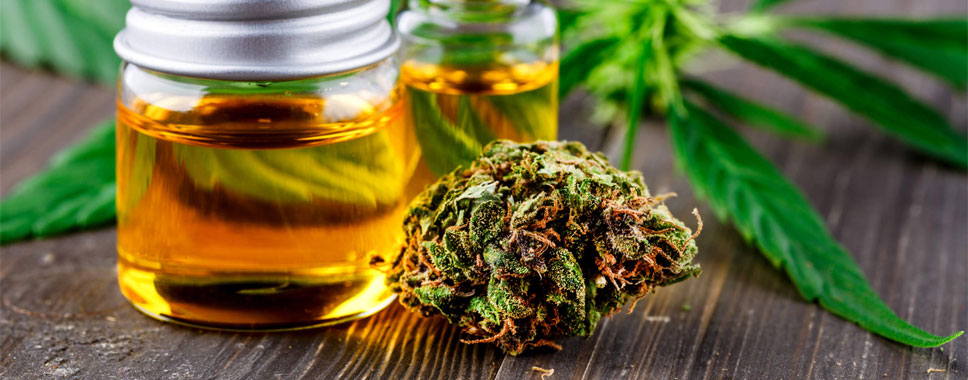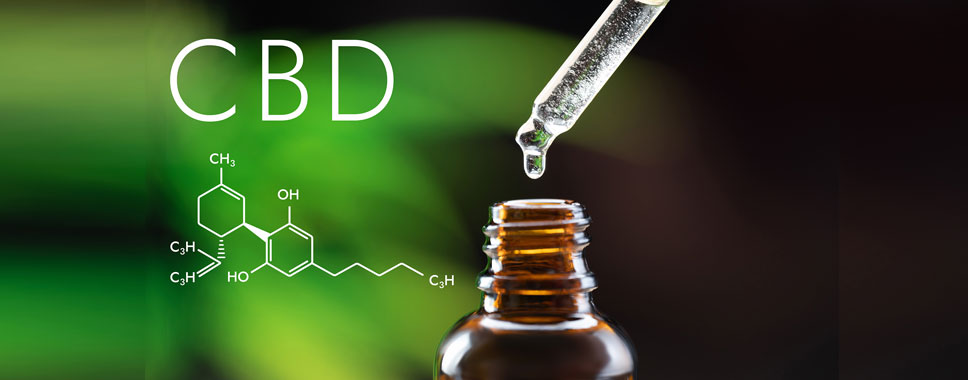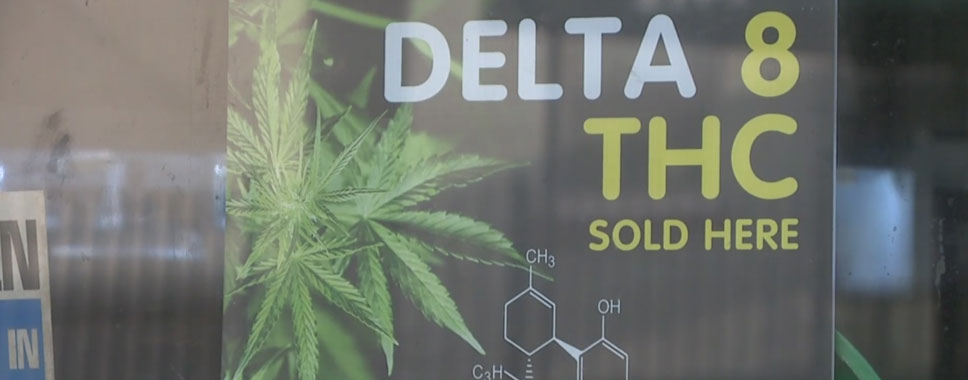With the growing popularity of CBD for wellness, stress relief, and pain management, many people are curious about the process behind the product. One question that often comes up—especially among home growers, hemp farmers, and the canna-curious—is:
How much CBD oil can one plant actually produce?
It seems like a simple question, but the answer depends on several important factors. Let’s dive into what determines a plant’s CBD yield and what you can realistically expect from a single hemp or cannabis plant grown for cannabidiol.
🌱 First, Not All Cannabis Plants Are Created Equal
To understand how much CBD oil you can get from one plant, you first need to know what kind of plant you’re growing.
There are two main types of cannabis plants used for CBD production:
-
Hemp plants – Bred specifically to contain high levels of CBD and low levels of THC (legally under 0.3% in the U.S. and many other countries).
-
CBD-rich cannabis strains – These may contain both CBD and varying levels of THC, depending on the strain and growing regulations.
Most commercial CBD oil is extracted from hemp, not marijuana, to avoid legal issues and to produce a high-CBD, low-THC extract that won’t get users high.
🌿 How Much Biomass Does One Plant Produce?
A single healthy hemp plant grown outdoors can yield:
-
About 1 to 2 pounds (0.45 to 0.9 kg) of dried flower or biomass
(though this varies widely based on genetics, soil quality, and farming practices).
If you’re growing indoors, the yield is often smaller—around ½ to 1 pound per plant—due to space limitations and environmental controls.
🧪 How Much CBD Is in That Biomass?
The CBD content of the plant material is crucial in determining oil yield. Here’s a general breakdown:
-
High-CBD hemp strains often contain 10% to 20% CBD by weight in their dried flower.
-
Let’s say you have 1 pound (453 grams) of flower with 15% CBD.
That gives you roughly 68 grams of pure CBD in the raw plant material.
🧴 How Much CBD Oil Does That Translate To?
CBD oil isn’t just pure CBD—it’s usually a concentrated extract mixed with a carrier oil, like MCT or hemp seed oil. The amount of oil you can produce depends on your extraction method:
✅ Common Extraction Methods:
-
CO₂ extraction (most efficient and clean)
-
Ethanol extraction (lower cost but can affect flavor)
-
Solvent-based or oil infusion methods (less common for commercial use)
Using a high-efficiency CO₂ extractor, you might be able to turn 1 pound of hemp into approximately:
-
2 to 4 ounces (60 to 120 mL) of highly concentrated CBD oil extract,
which can be further diluted into several bottles of finished CBD tincture, depending on potency.
For example, if each bottle contains 1000 mg of CBD, you could potentially make 30 to 60 bottles from one plant—again, depending on strength and processing efficiency.
🧮 Quick Example Calculation:
Let’s break it down:
-
One plant = 1 pound of dried flower
-
Flower contains 15% CBD = 68 grams of CBD
-
Each tincture bottle = 1000 mg (1 gram) of CBD
➡️ 68 grams of CBD could make 68 bottles of 1000 mg tincture.
(Of course, some loss happens during extraction, so the actual number might be closer to 50–60.)
🌞 Final Thoughts: Yield Depends on Quality and Care
So, how much CBD oil can one plant produce? A healthy, well-grown hemp plant can yield dozens of bottles of CBD oil, but the exact amount depends on:
-
The strain’s CBD percentage
-
The quality of the flower
-
The efficiency of your extraction process
Whether you’re a curious grower or just fascinated by how your favorite tincture is made, one thing’s clear: a lot of science, farming, and care goes into every drop of CBD oil.
Thinking about growing your own hemp or extracting your own CBD? I can walk you through the steps or recommend beginner-friendly strains and equipment—just let me know!
 hempcentral
hempcentral 



Comments